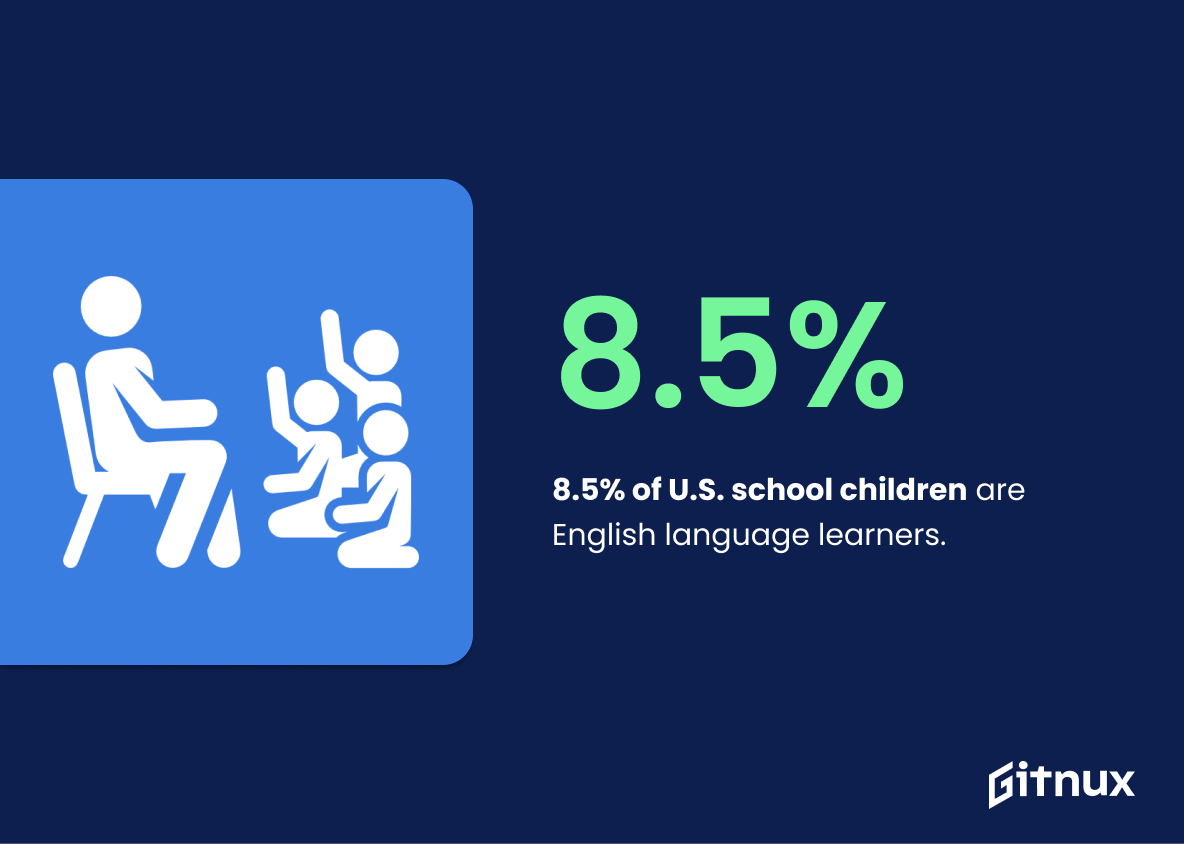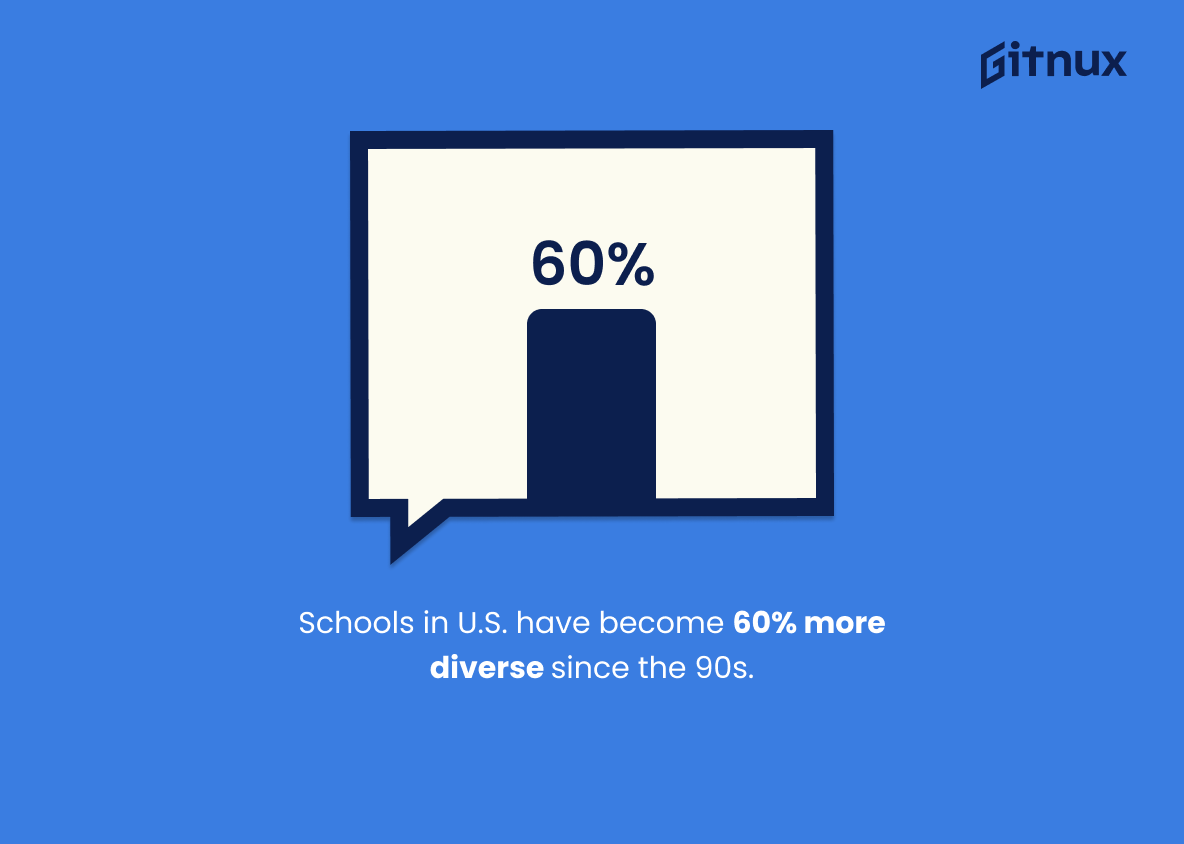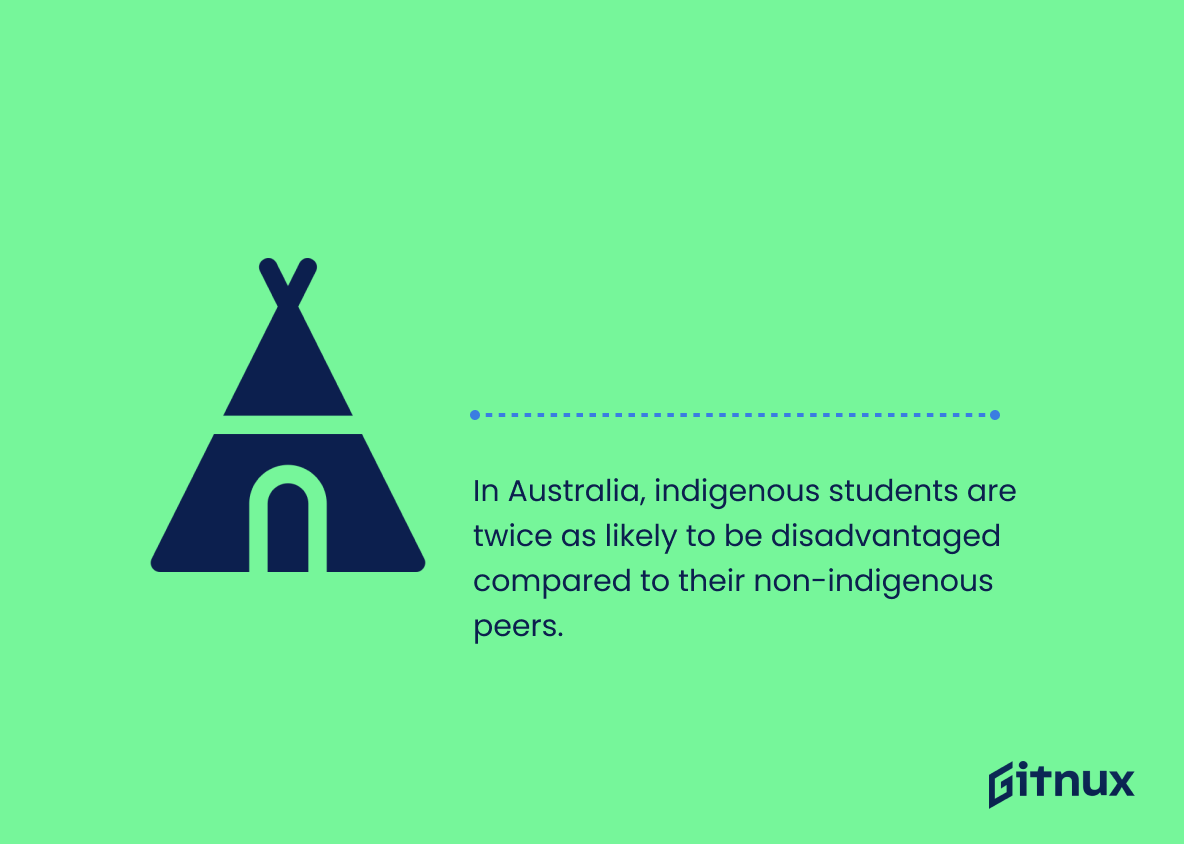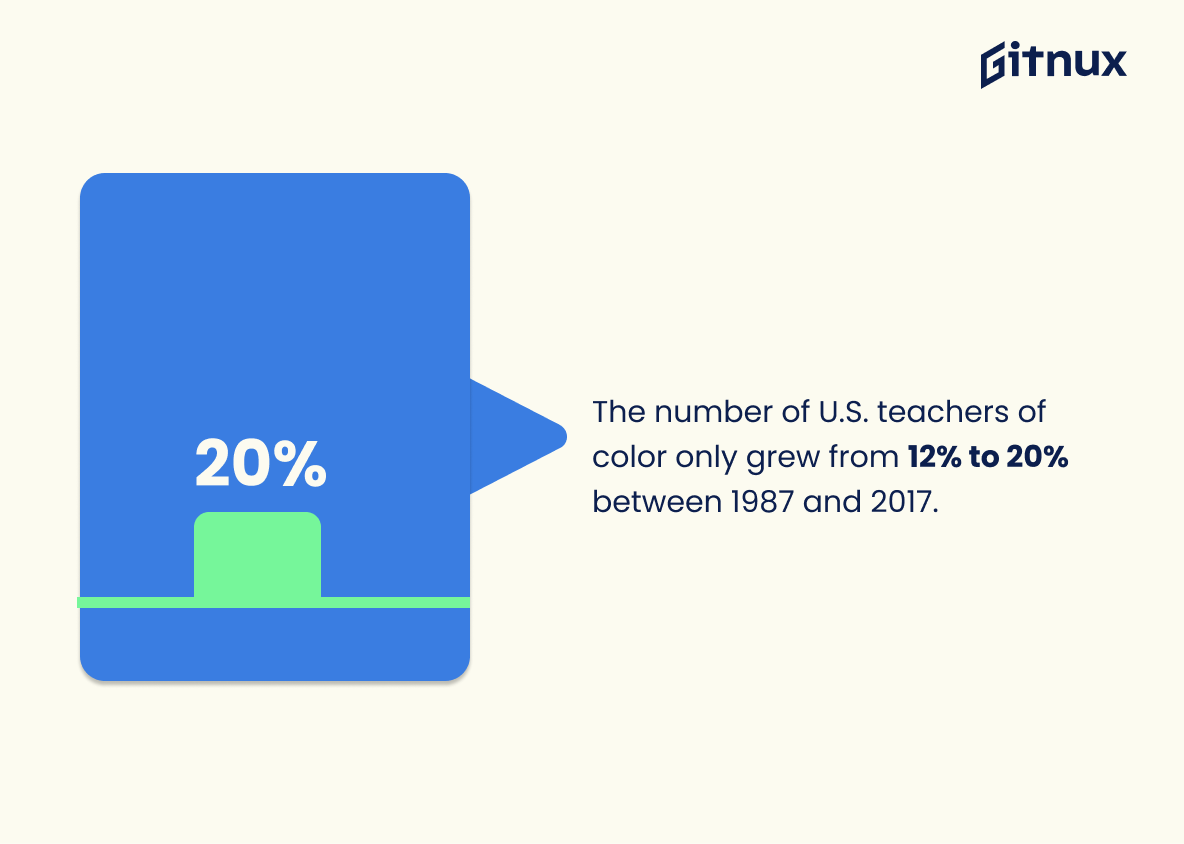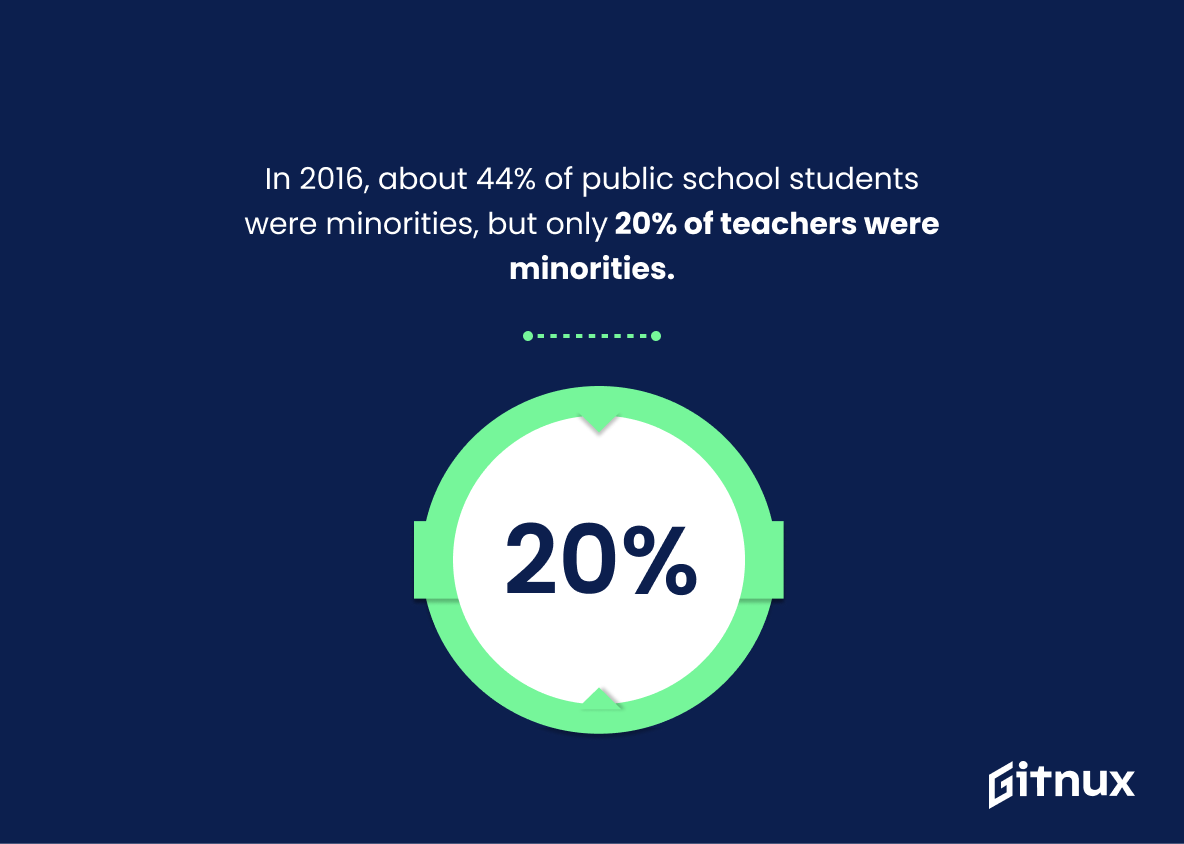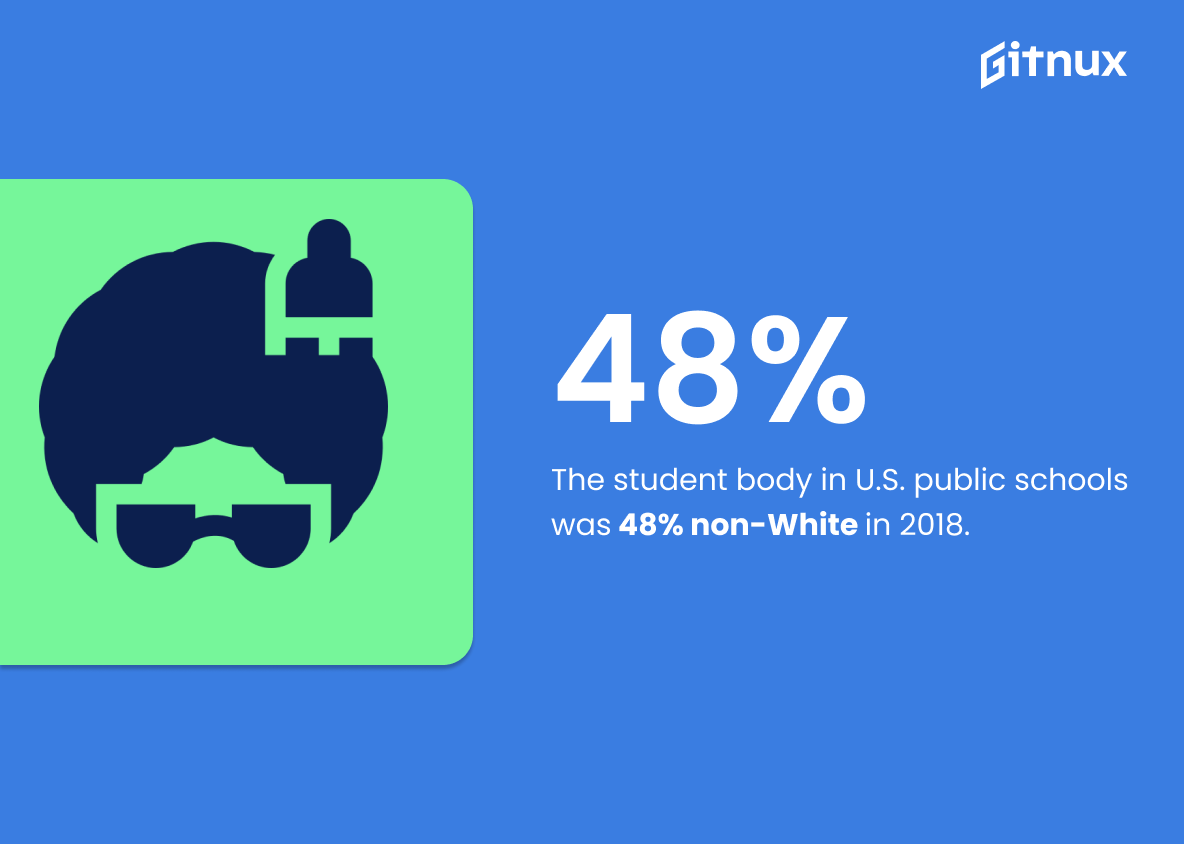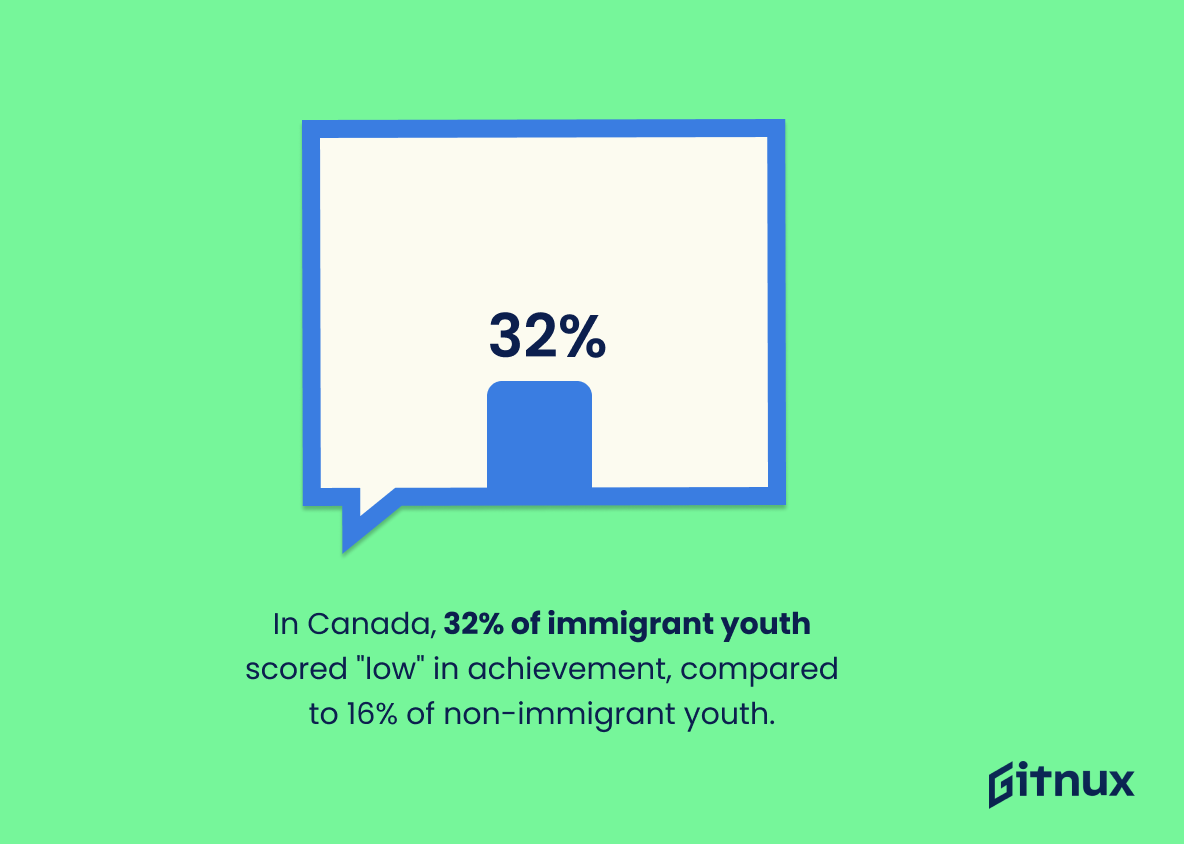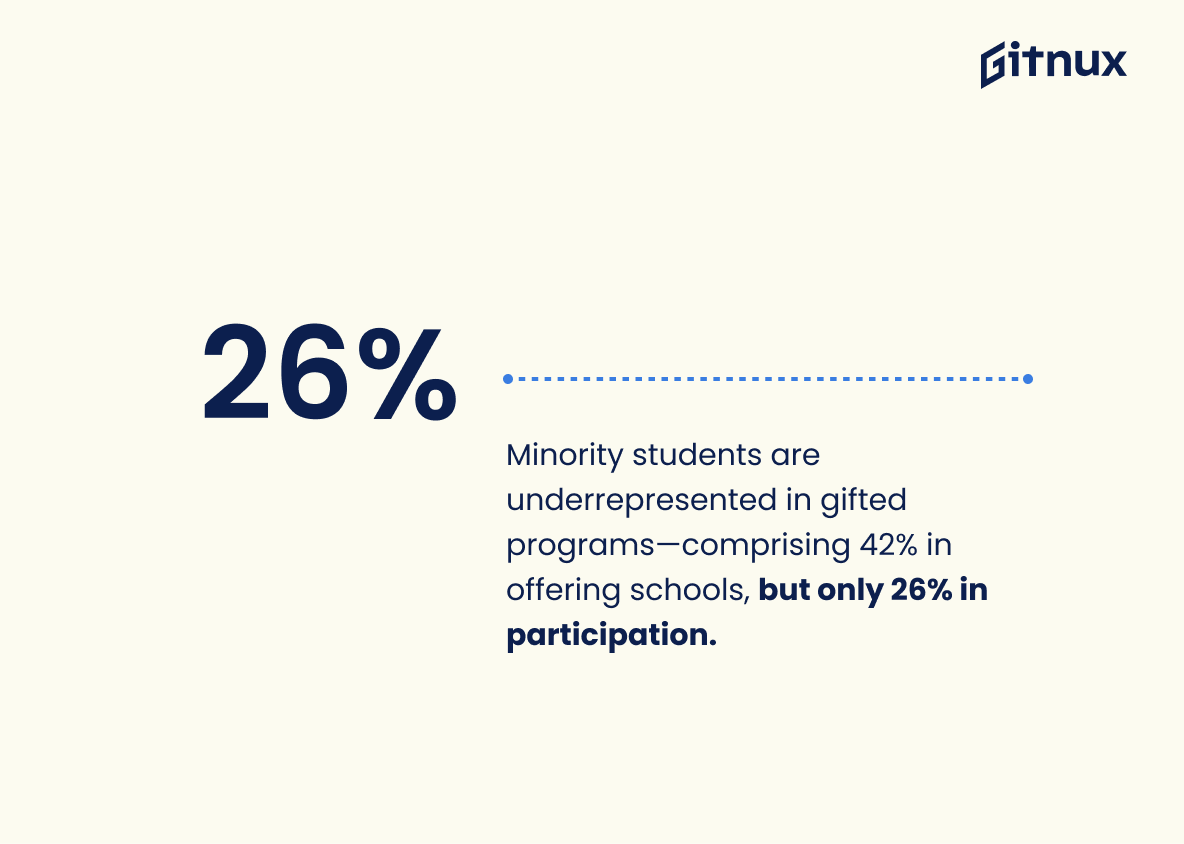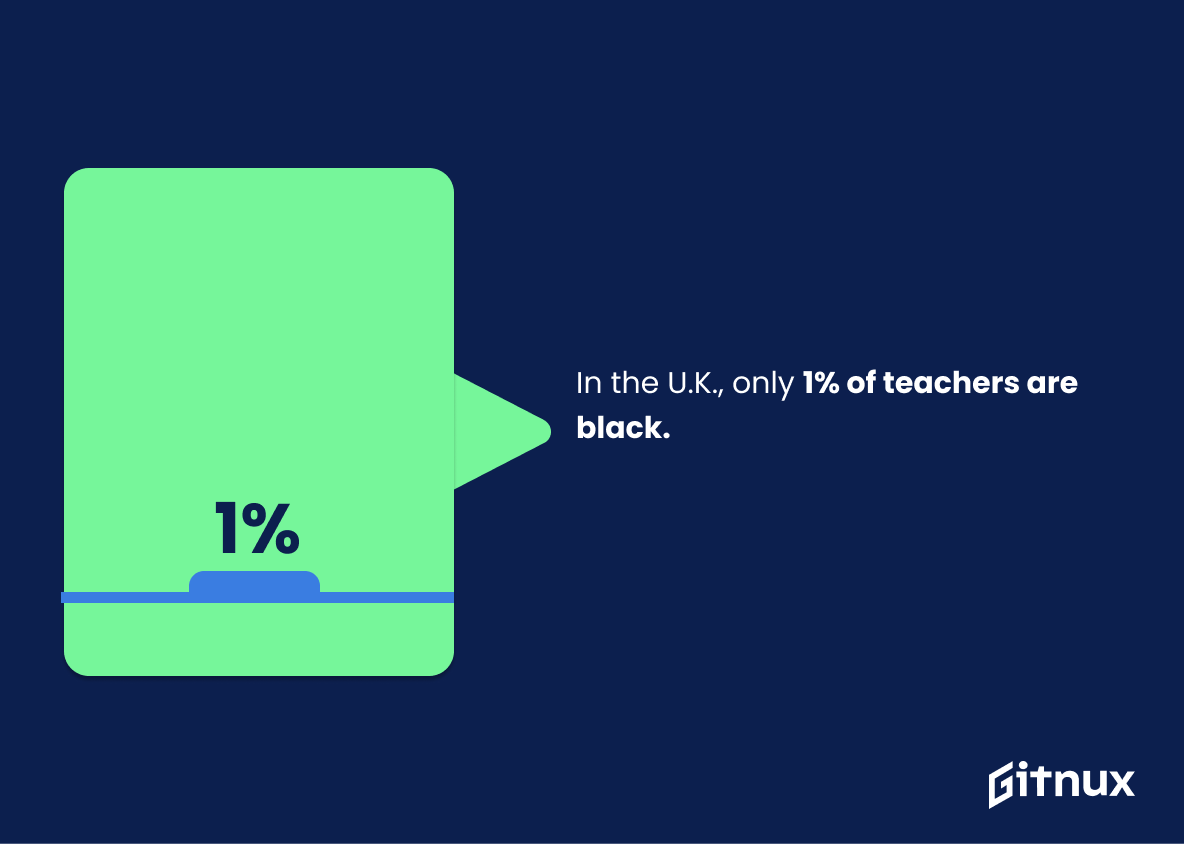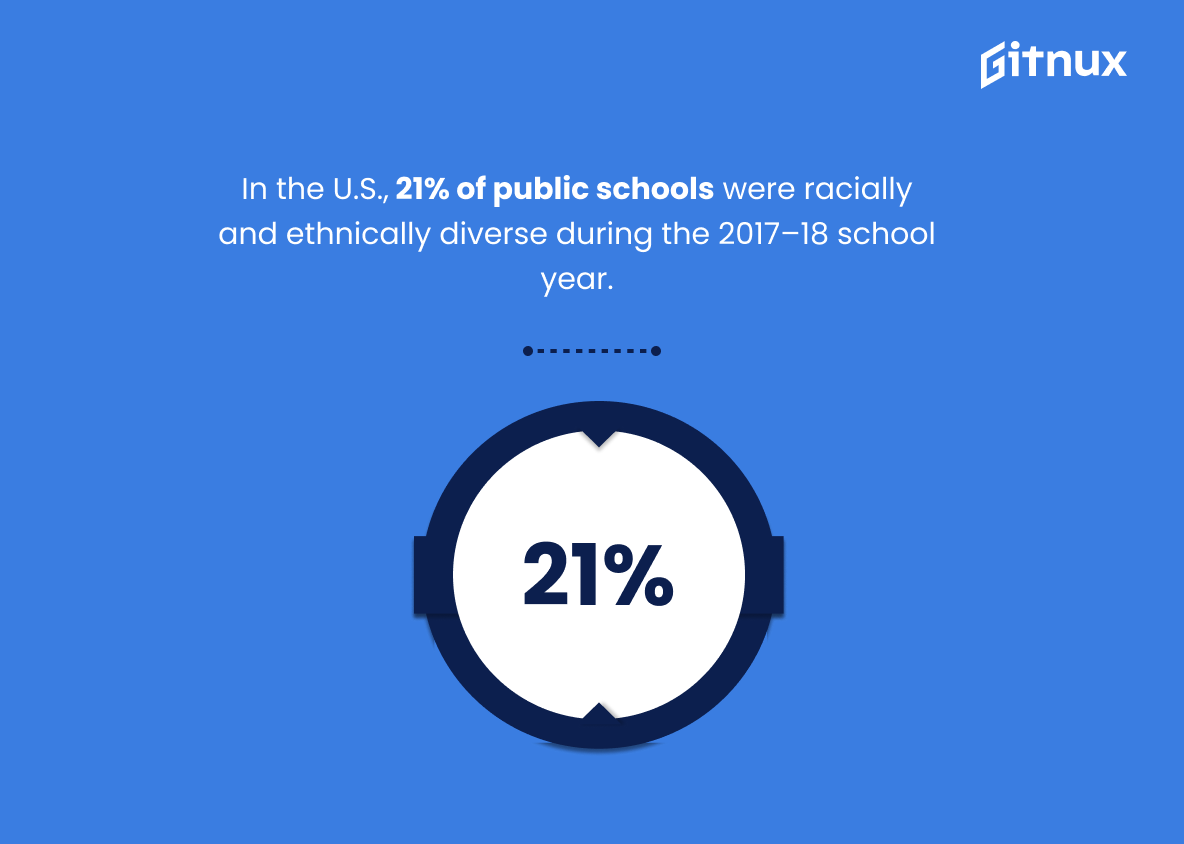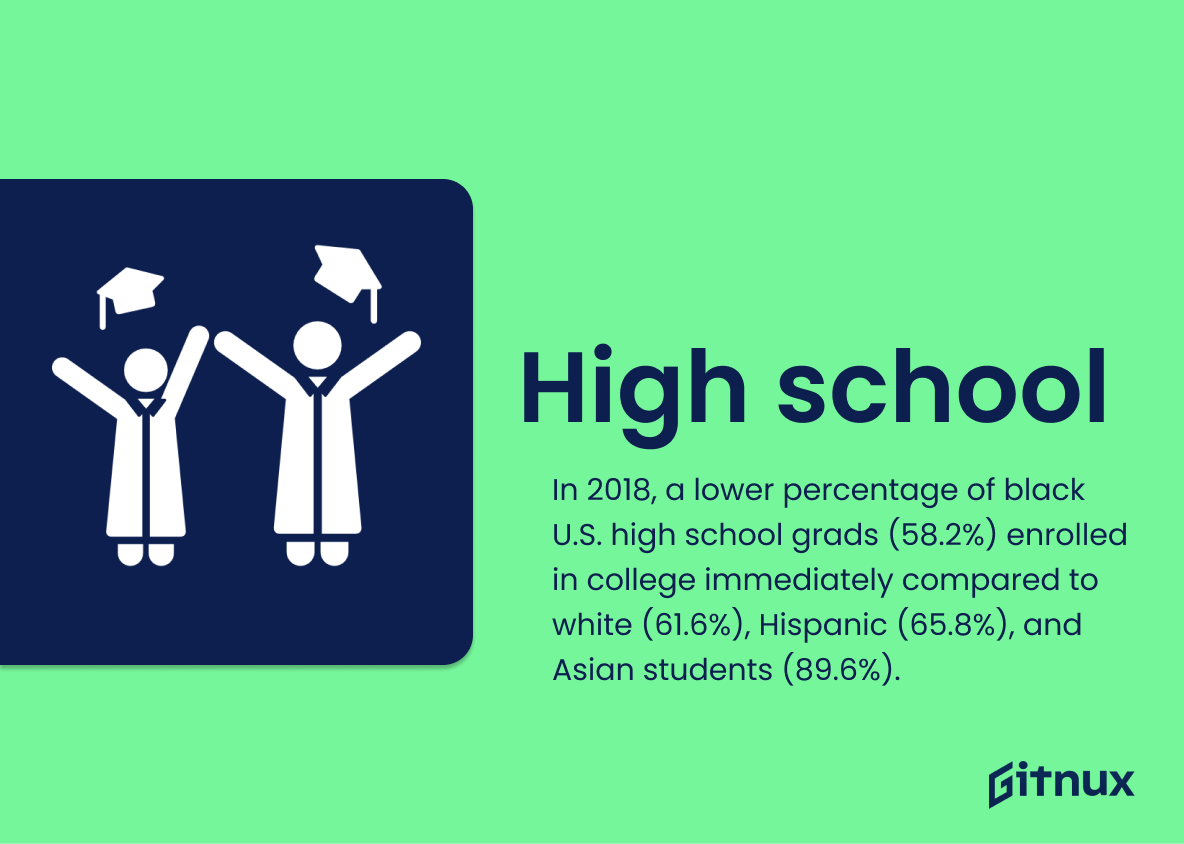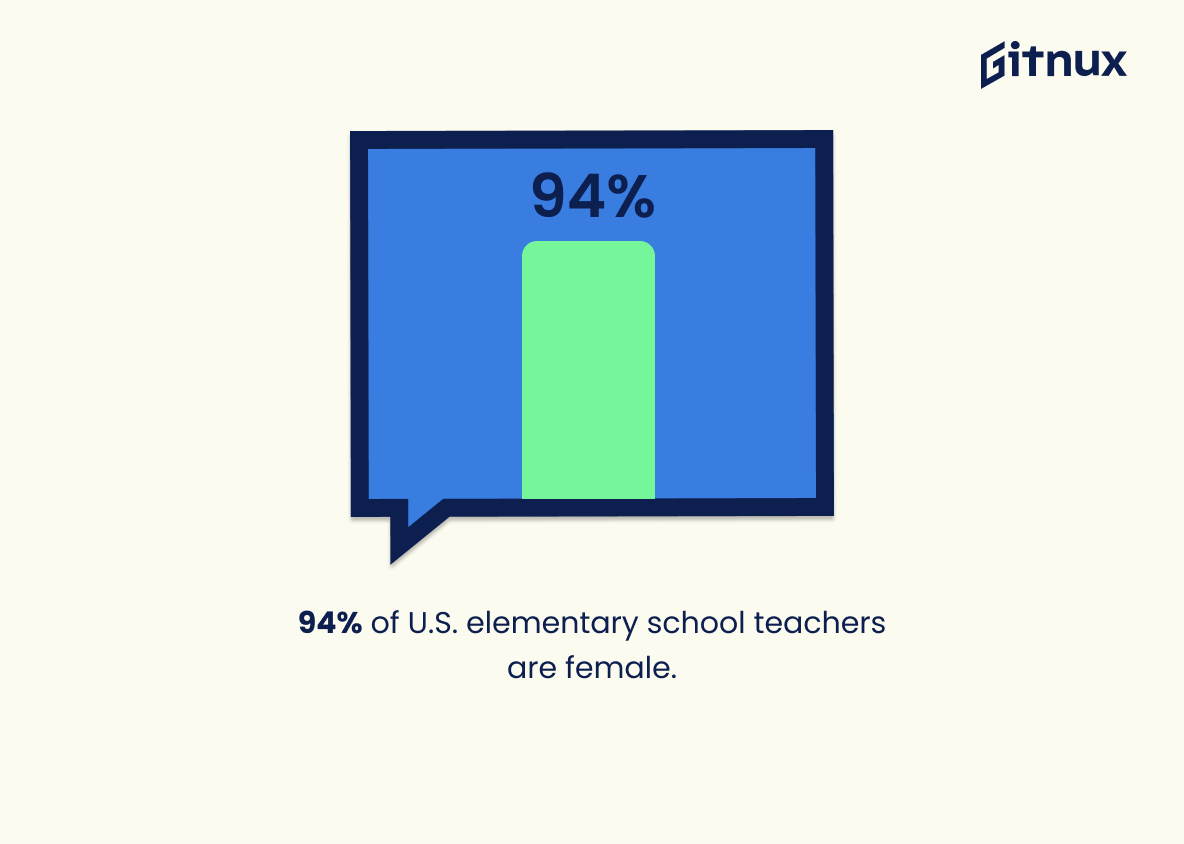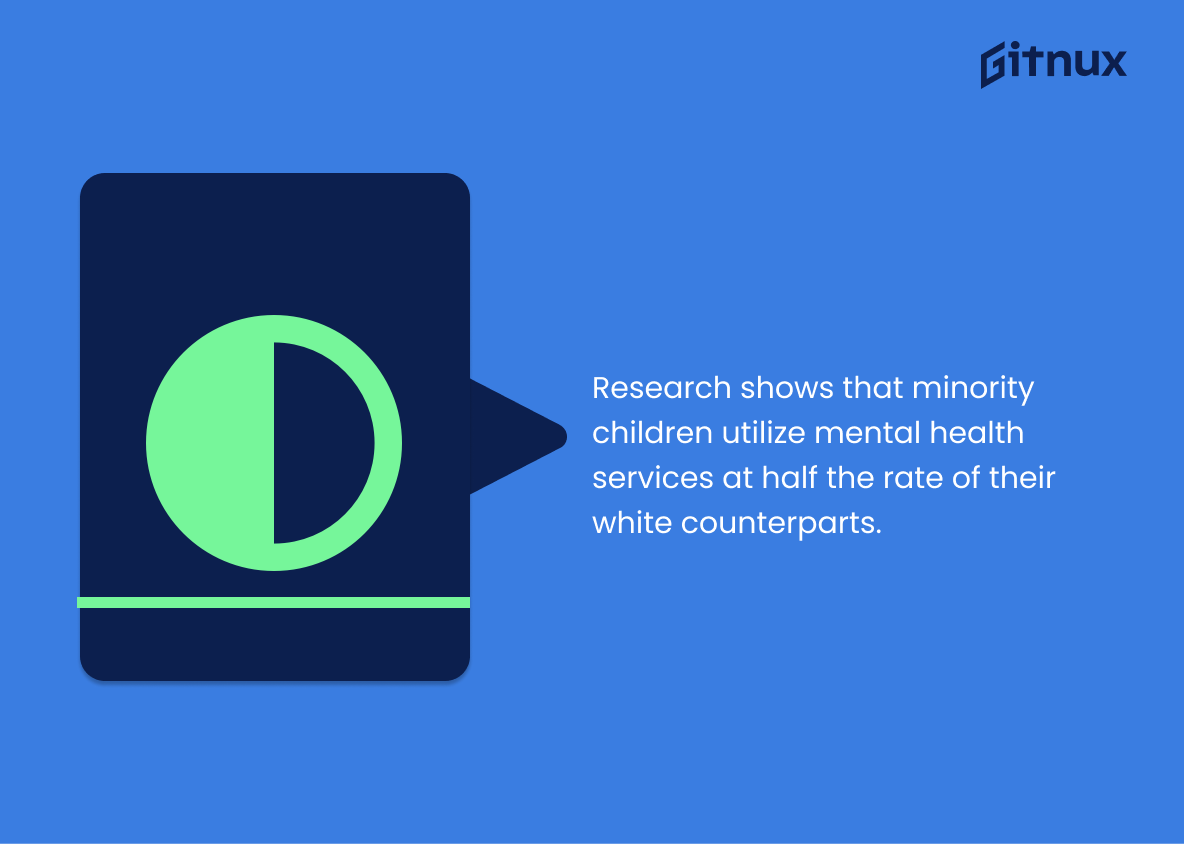In an era where understanding and inclusivity have become pivotal, the focus on diversity in schools has taken center stage. Amidst this progressive scenario, the role of statistics becomes increasingly prominent in both reinforcing and reshaping our perceptions. Diversity in schools is no longer an abstract concept, but a measurable phenomenon with significant implications on the educational experiences of children and their future prospects. This blog post delves into the comprehensive realm of diversity in schools statistics, laying bare the diversity demographics in educational settings, and highlighting its consequential impact on students, teachers, and the broader society. So, whether you are a parent, an educator, or a policy maker, stay tuned to explore how numbers are painting an intriguing picture of diversity in our schools today.
The Latest Diversity In Schools Statistics Unveiled
8.5% of U.S. school children are English language learners.
Bearing witness to the resonance of this number – 8.5% of U.S. school children are English language learners – can drive the conversation about Diversity In Schools Statistics into tangible realities. It presents an architectural blueprint of a multi-cultural and multi-lingual education system, demanding adaptive curriculums and nurturing a broader cultural understanding among students. This numerical expression of diversity underscores the need for inclusive and equitable support systems that honor various languages and foster enriched learning environments. Ultimately, these figures are not isolated numbers, but form the very building blocks of a robust and globally prepared generation.
Schools in U.S. have become 60% more diverse since the 90s.
Highlighting the fact that schools in the U.S. have amplified their diversity by a substantial 60% since the 90s serves as a testament to the transformative progress in our education system. Unraveling this all-important number, it showcases an enriched sense of inclusivity, tolerance, and mutual respect that have been woven into our classrooms. It’s like flipping back the pages of a historical book and rejoicing in the magnificently colorful narrative that we’ve painted across our classrooms. This numeric leap is not just a mere statistic, it’s an academic evolution, it’s the pulse of progressive education, beating rhythmically to the tune of diversity and promising a more harmonious future in the United States.
In Australia, indigenous students are twice as likely to be disadvantaged compared to their non-indigenous peers.
Delving into the crux of the statistic, it presents an uncomfortable reality – the stark disparities between indigenous and non-indigenous students in Australia. The prism through which we observe this issue is insightful in the discussion of diversity in schools. It illuminates the unequal access to educational resources and opportunities, thus underscoring the urgent need for concerted, inclusive efforts.
This rich tapestry of data invokes urgency to address these systemic inequities and to foster an environment where diversity is not only respected but also cultivated. It leans heavily on the need for education policies and initiatives that level the playing field for indigenous students, ensuring they have the same opportunities as their non-indigenous peers.
In the realm of school diversity, such figures deepen our understanding of the barriers faced by different demographic groups. They shine a light on the pervasive gaps, hinging on the global dialogue about equity and inclusion. Essentially, these numbers aren’t just a cold, hard fact sheet; they inform, provoke, and empower, awakening call-to-actions for a more diverse, inclusive, and equitable educational landscape.
The number of U.S. teachers of color only grew from 12% to 20% between 1987 and 2017.
Highlighting the statistic that the percentage of U.S. teachers of color only increased from 12% to 20% between 1987 and 2017 underscores an important aspect of the diversity discussion within our schools. With this data, the blog post draws attention to the comparatively slow pace of change in the ethnic makeup of the teacher workforce over a span of three decades. This fact is crucial in contributing to the understanding of diversity in schooling environments, particularly as it contrasts with the more rapid demographic shifts in the student populations.
Indeed, students from diverse backgrounds may benefit from exposure to teachers who mirror their own experiences and identities; this statistic underscores the gap between that ideal and our reality. Thus, in the panorama of diversity in schools, the revelation from this statistic helps in crafting a more comprehensive picture and acts as a catalyst for further dialogue and possible changes in our education policies and practices.
In 2016, about 44% of public school students were minorities, but only 20% of teachers were minorities.
In the grand tapestry of diversity in schools statistics, the above data forms a contrasting thread, signaling a crucial discrepancy. Despite 44% of public school students being minorities in 2016, their mirror reflection in the teaching cohort is distorted, with only 20% of teachers from the same group. This striking figure illuminates a gap that could potentially obstruct the path of shared understanding, cultural richness, and relatability between students and educators. Inevitably, this disparity pushes to the forefront the pressing need for fostering a more culturally and demographically balanced representation in our education systems, underscoring a broader narrative about diversity and inclusivity within school environments.
The student body in U.S. public schools was 48% non-White in 2018.
Highlighting the indication that 48% of the U.S. public school student population was non-White in 2018 provides a vivid portrait of the evolving tapestry of the American education system. It isn’t just a mere number, but a testament to the transforming ethnic landscape in classrooms across the nation. From the perspective of diversity, this figure isn’t just critical, it’s pivotal. It hints at the plausibility of a future where the term ‘minority’ might require redefining. Bringing this to light in a blog post about Diversity In Schools Statistics compellingly illuminates the movement toward a more balanced, diverse, and culturally rich educational climate. This shift will undoubtedly shape the experiences and perspectives of the next generation of Americans, affirming the significance of these statistics. Additionally, it underlines the increasing necessity for inclusivity and comprehensiveness in teaching methods and curriculums.
In Canada, 32% of immigrant youth were in the “low” achievement category compared to 16% of non-immigrant youth.
Gaining insight from this statistic serves as a compass directing our understanding about diversity in schools, primarily focusing on Canada. It vividly draws the educational achievement contours between immigrant and non-immigrant youth. This percentage differentiation compellingly indicates the presence of an achievement gap between these two groups. As such, it behooves educators, policymakers, and community stakeholders to closely examine potential underlying causes. These may include linguistic challenges, socio-economic factors, or acclimation issues among immigrant youth. Importantly, this also offers a meticulous direction for intervention strategies designed to bridge this divide and advance the idea of inclusive education. Undeniably, it fills in a crucial piece of the puzzle of how diversity impacts academic performance in Canadian schools.
Minority students are underrepresented in gifted programs—African American, Hispanic, and Native American students comprise 42% of students in schools offering gifted programs, but only 26% of students participating in those programs.
This staggering discrepancy presents a stirring portrait of the diversity challenges that still permeate our educational system. It draws attention to the underrepresentation of minority students in gifted programs—a prevalent issue that demands comprehensive attention. The statistic, in effect, serves as a beacon, shedding light on the need for educational institutions to address this unequal distribution and strive for balanced representation. In the grand scheme of Diversity In Schools Statistics, this data gives voice to the silent narratives of minority students who are potentially overlooked. It sets the stage for a broader discussion about educational equity and paves the way towards devising strategies that can bridge this diversity gap. So, it’s about more than just numbers; it’s a testament to the uneven academic landscape and a call to action for fostering an inclusive learning environment where talent knows no color or race.
In the U.K., only 1% of teachers are black.
Highlighting that only 1% of teachers in the U.K. are black, provides a powerful spotlight on the pressing need for fostering diversity within the educational sphere. This figure is crucial because it takes the discussion from vague sentiments about diversity to a measurable fact that paints a picture of the current reality. In a blog about Diversity In Schools Statistics, this information underscores the silent narrative of racial disparity in the teaching workforce. It suggests a school environment that isn’t as representative as it could be, potentially inhibiting the invaluable exchange of different experiences, perspectives, and knowledge. For a truly inclusive and well-rounded education, it’s paramount that the teaching force mirrors the racial tapestry that is our society. This number, starkly illumines the journey we need to undertake towards achieving that goal.
In the U.S., 21% of public schools were racially and ethnically diverse during the 2017–18 school year.
Delving into the heart of our discussion on diversity in schools, let’s illuminate an intriguing finding. Picture the U.S. educational landscape in 2017-18— only 21% of public schools exhibited racial and ethnic diversity. This percentage wavering slightly above one fifth, signals a significant message about the current state of diversity in our schools. It speaks volumes about the scale and depth of integration, highlighting the crucial need for improvement. This figure not only adds substantial weight to our discourse, it sets the stage for a profound conversation about the pace at which we achieve inclusivity. It serves as a potent reminder that our journey towards a more color rich educational tapestry is far from completion. This is not just a statistic; it is an eye-opener, a call to arms, and a yardstick against which we can measure progress in infusing diversity into our education system.
In 2018, among high school graduates in the U.S., a lower percentage of black students (58.2%) than of white (61.6%), Hispanic (65.8%), and Asian students (89.6%) enrolled in college right away.
Highlighting this statistic serves as a pivotal benchmark in our exploration of diversity in school statistics. The significant disparities in post-secondary enrollment between racial groups prompts us to closely examine the systemic and societal factors potentially contributing to such discrepancies. Understanding the under-representation of black students in immediate post-high school education helps us identify the inclusivity barriers they may face. This aids in broadening the conversation about equity in education, paving the way towards fostering a more diverse and inclusive academic landscape.
94% of U.S. elementary school teachers are female.
Navigating through the kaleidoscope of Diversity In Schools Statistics, one might be captivated by the fact that a stunning 94% of U.S. elementary school teachers identify as female. This isn’t just a number but a plot twist in the narrative of gender representation in education. It prompts us to question the inherent lack of male teachers in the early education landscape, and its implications on diversity. This lack of gender diversity lacks a balanced representation which may be critical for the students’ developmental years, considering the benefits of a diverse staff in fostering a well-rounded educational environment. This, indeed, whispers to the larger discourse of promoting a more diverse and equitable educational ecosystem.
The number of full-time teachers in the U.S. who are Asian has more than tripled, going from 26,000 (less than 1 percent) in 1987-88 to 104,000 (2 percent) in 2017-18.
Probing these statistics reveals an awakening in the U.S. educational system – progress etched in the triplicate growth of Asian full-time teachers between 1987 and 2018. This striking upsurge, from 26,000 to 104,000, not only underscores an evolution in the educational workforce but heralds a significant shift toward diversification within classrooms. Painting a clearer picture of multiculturalism, this data strikes specific significance in a world where representation matters. Here’s a deeper glance into a more inclusive future where bridges to understanding are built, and its architects are the teachers embodying diversity themselves.
Research shows that minority children utilize mental health services at half the rate of their white counterparts.
Highlighting such a statistic underscores the glaring disparities that exist within the realm of access to mental health care, especially within the diverse demographic landscape of our schools. It unveils the invisible barriers that minority children might be facing in seeking mental health support – possibly due to stigma, lack of understanding, or systemic issues. By showcasing contrast between different racial groups’ utilization of mental health services, it awakens the readers to the reality that equality in education is not just about the distribution of resources, but also encapsulates the provision of comprehensive support services. This understanding acts as a catalyst for educators, policymakers and parents to work towards creating a more inclusive and supportive environment for all students, regardless of their ethnicity or background.
Conclusion
In summarizing, the various studies and statistics highlighted throughout our discussion undeniably signify the importance of diversity in schools. They clearly show that it not only fosters a more comprehensive educational experience, but also equips students for an increasingly globalized world. A school reflecting the breadth and depth of human diversity makes students more open-minded, empathetic, and well-prepared for a multicultural work environment. Therefore, it is crucial that educators, schools, and policymakers continue to prioritize and promote diversity, making sure that inclusivity isn’t just a theoretical concept but an active practice. The integration of diverse cultures, races, religions, and perspectives in the educational system plays a pivotal role in shaping a more inclusive society, where differences are celebrated rather than feared. The diversity in schools statistics are a clarion call for us to continue pushing for a holistic and inclusive educational experience for every child.
References
0. – https://www.www150.statcan.gc.ca
1. – https://www.www.tes.com
2. – https://www.www.edweek.org
3. – https://www.www.shankerinstitute.org
4. – https://www.www.apa.org
5. – https://www.nces.ed.gov
6. – https://www.www.ncela.ed.gov
7. – https://www.www.creativespirits.info
